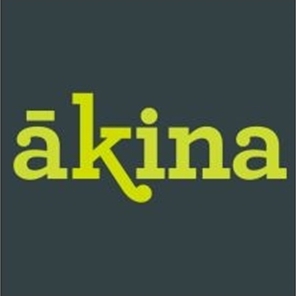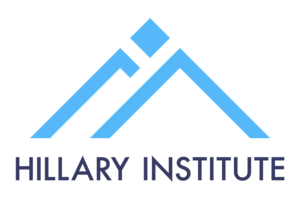Building Surveyors Welcome Overseas Standards Bill, Urges Caution Around Implementation
Greater clarity and support around implementing the new system are needed before 12,000 new construction products flow into New Zealand by July.
So says the NZ Institute of Building Surveyors (NZIBS) with the passing of the Building (Overseas Building Products, Standards, and Certification Schemes) Amendment Bill.
Trusted certified professionals in improving our built environment, NZIBS members serve an essential but not-widely-known role in technically safeguarding buildings throughout their life cycle.
Vital to this is ensuring products, whether manufactured or imported, for construction are fit for purpose.
NZIBS welcomes the broader reform efforts to improve efficiency in the building sector.
However, as is always the case, education and resourcing will be critical to ensure that overseas products are safe and effective for use here in New Zealand
“While the Bill opens the door to potential cost and time savings, we must not overlook the complexities involved,” NZIBS President David Clifton says.
“Access to overseas standards is currently expensive and often confusing. Without proper training and guidance, there’s a real risk of misinterpretation or misuse in the New Zealand context.”
There are also concerns around liability protections for Building Consent Authorities (BCAs), Clifton says.
The Bill’s proposed “good faith” clause remains vague and could expose BCAs (i.e., local councils) to risk.
“We’ve seen in the past, particularly during the leaky building crisis, that liability often defaults to BCAs under joint and several liability rules.
“Without clear protocols and accountability, history could repeat itself.”
While adopting international standards could support innovation and broaden product choice, these products must still meet New Zealand’s unique environmental and seismic requirements.
Product durability, sustainability, and safety remain paramount, Clifton says
“Ultimately, the Bill’s success depends on a well-supported system that can adapt and respond to real-world outcomes.
“We need a robust framework that captures feedback and identifies failures not just during the design phase, but throughout construction and beyond.
“Only then can we ensure that any efficiencies gained don’t come at the cost of long-term performance or public trust.”


 Natural Hazards Commission: Hub Launched To Empower Architects And Engineers To Build Above Code
Natural Hazards Commission: Hub Launched To Empower Architects And Engineers To Build Above Code Harmony Energy: Ceremony Heralds Start Of Construction On New Zealand’s Largest Solar Farm Project
Harmony Energy: Ceremony Heralds Start Of Construction On New Zealand’s Largest Solar Farm Project Stats NZ: Annual Number Of Home Consents Down 7.4 Percent
Stats NZ: Annual Number Of Home Consents Down 7.4 Percent Plains Media: Plains FM Announces Name Change After 37 Years
Plains Media: Plains FM Announces Name Change After 37 Years NIWA: Flooding From Underneath - New Tool Reveals Shallow Groundwater Elevations
NIWA: Flooding From Underneath - New Tool Reveals Shallow Groundwater Elevations Commerce Commission: Commission Concludes Auckland Airport Over-charging By $190 Million
Commerce Commission: Commission Concludes Auckland Airport Over-charging By $190 Million



